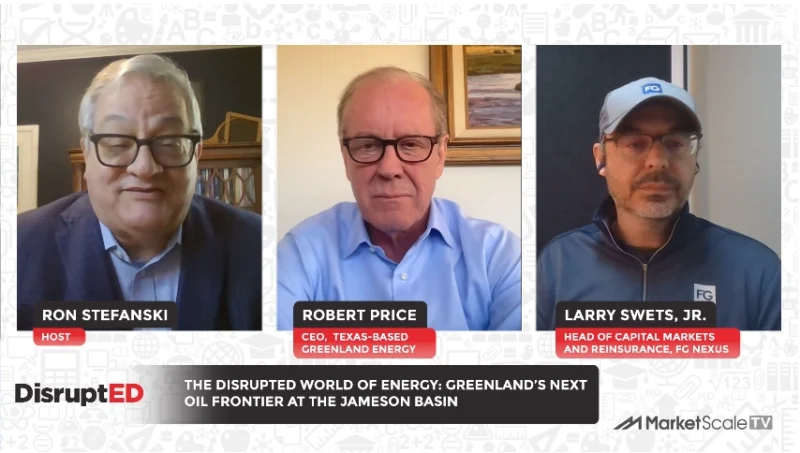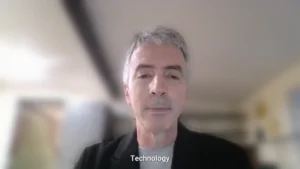FOSTERING A CULTURE OF HEAT SAFETY PAYS OFF
Safety is a critical part of any workplace, of any workday. While many organizations have safety programs in place, not all of them do consider heat safety. Heat can often be one of the most overlooked threats to workers, when performing work – inside and outside.
Employees working in high heat can suffer a variety of injuries. In fact, the Bureau of Labor reports that in 2015, there were 37 work-related deaths and 2,830 injuries that required care.[1] Obviously, heat can be harmful, even fatal. Businesses do well to foster a culture of heat safety through awareness, training and application to prevent heat injuries from occurring.
Safety as a Value
To ensure that heat safety becomes part of your culture, it must become a value. Awareness and training are essential. If this isn’t part of your current onboarding, it’s a good idea to include it. Then, reiterate your heat safety initiatives at every step.
Training on a regular basis not only establishes compliance with safety provisions. It further reinforces safety as a value. Routine training should focus on how to spot the impact of heat on an individual and what to do in the event of a heat emergency. Further, the more importance your company places on a heat safety plan, the more your employees recognize it is as part of the company culture and core value. A joint focus on heat safety will result in decreased injury threats and actual heat injury cases.
Why Heat Safety is Valuable
Extreme heat can impact workers’ behavior and reactions. Team members tend to be slower and more prone to making mistakes as temperatures rise. Injuries increase. Productivity can plummet. Profits are in danger of dropping. If not dealt with, continued high heat can also lead to increased absenteeism and migration.
Heat Safety: Valued Tools
Heat safety training is crucial. Educate your team members to spot the signs of heat exhaustion.
Establish a buddy system, where team members are on the look-out not only for themselves, but also for other team mates. Have procedures in place of what to do when a case of heat illness occurs. Provide workers with helpful heat safety accessories, such as cooling neck towels. Allow for regular water breaks. Make available a shaded area to cool down when outside work is performed. Set up a cool zone with misting fans. This is where your standard cooling fans might not always be the best option.
Breezer Mobile Cooling offers a superior tool to augment your heat safety plans—the Power Breezer! The Power Breezer is not a typical fan. It uses an evaporative cooling technology, delivering misted cool air which doesn’t get workers or equipment wet. It is proven to keep indoor and outdoor workers cool. Learn more about how the Power Breezer can be an asset, as you continue to improve your culture of heat safety.
Read more at powerbreezer.com
[1] https://www.bls.gov/opub/ted/2017/work-injuries-in-the-heat-in-2015.htm









